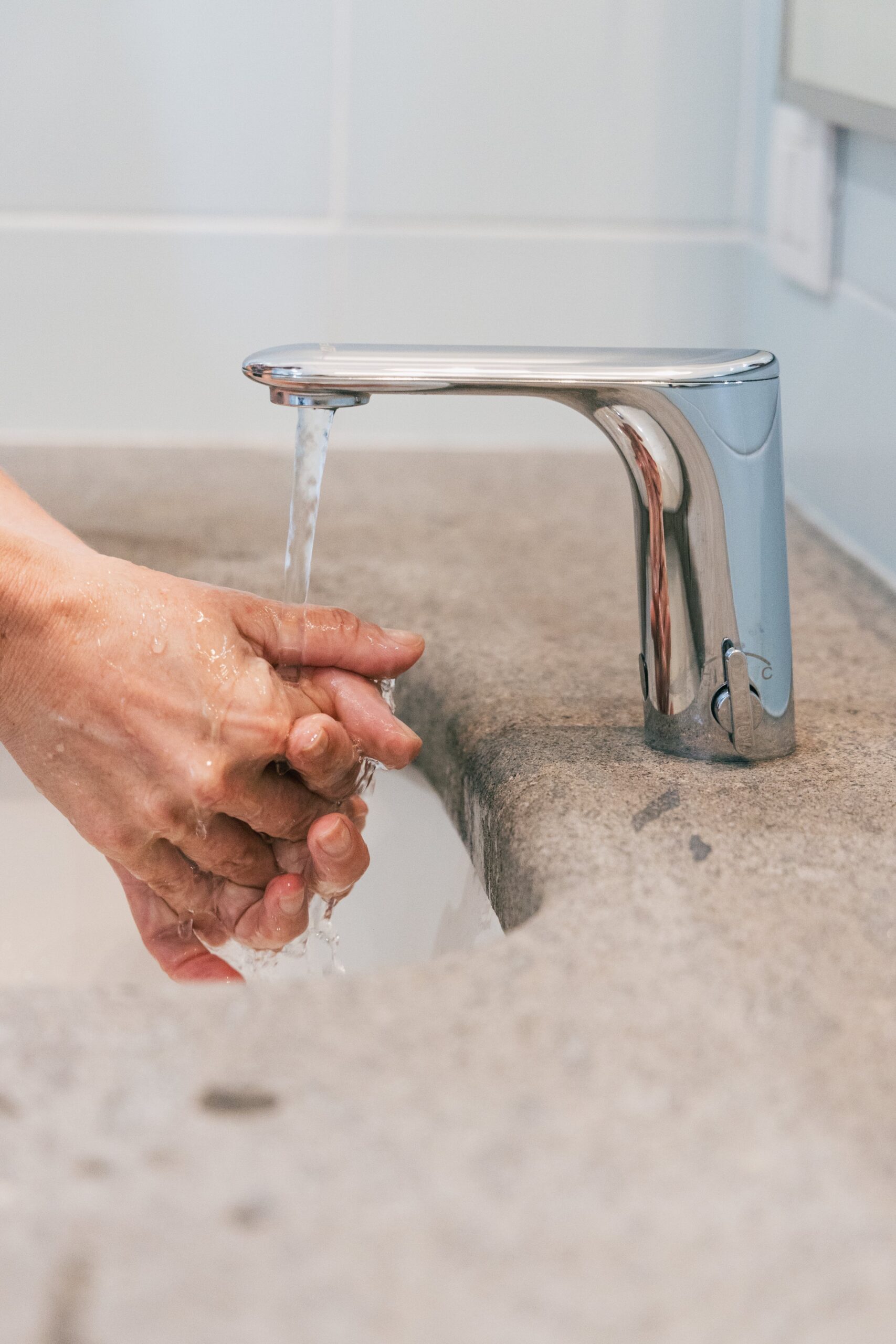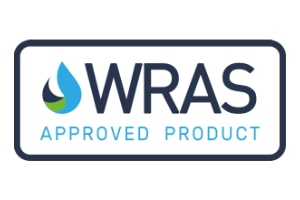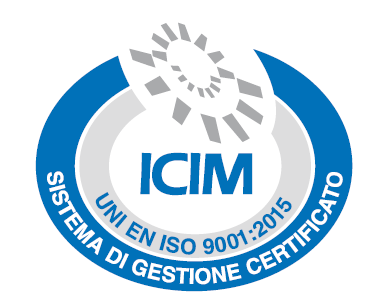The graphic symbol of the CE marking (acronym for the French “Conformité Européenne” – European Conformity) was created in 1993 and ensures the consumer or user that products are safe and in conformity with the European regulations. Form a legal standpoint, “CE marking” is an acronym by which the manufacture states that the product is in conformity with the applicable requirements set out in the Union harmonisation legislation providing for its affixing. It is in force within the European Economic Area (EEA) comprising the EU member States and 3 EFTA Countries (Norway, Iceland and Lichtenstein).
The procedure to affix CE marking to the product varies according to the type of product and its intended use, since not all the products are subject to the European Conformity. CE marking shall be affixed only to those products covered by a Community Directive and to which its affixing is provided for by specific Community Legislation. The main purpose is to prevent users and consumers being exposed to serious risks while using products and equipment (ex. Toys, machines, medical devices,…).
The procedure to affix CE marking to the product varies according to the type of product and its intended use, since not all the products are subject to the European Conformity. CE marking shall be affixed only to those products covered by a Community Directive and to which its affixing is provided for by specific Community Legislation. The main purpose is to prevent users and consumers being exposed to serious risks while using products and equipment (ex. Toys, machines, medical devices,…).
Tapware forms part of the European Construction Products Regulation (EU) No. 305/2011. This Regulation relates to all the products manufactured to become a permanent part of construction works. It is mandatory to affix the CE marking to the products covered by a harmonised standard. To be defined a harmonised standard, the European technical specification standard (EN) must be transposed at national level by all the member States and all the national conflicting rules must be abrogated. Unluckily technical standards regulating tapware are not harmonised and, therefore, we are not allowed to affix the CE marking.
Harmonised European standards are already available for ceramic products such as basins and WC units. The Official Journal of the European Union publishes the updated list of harmonised standards on a regular basis:
Harmonised European standards are already available for ceramic products such as basins and WC units. The Official Journal of the European Union publishes the updated list of harmonised standards on a regular basis:
Products that are marketed in Europe and that are subject to mandatory marking must have the CE marking notwithstanding where they are physically manufactured (for instance in China or a EU Country such as Italy). In general, the Manufacturer is required to perform Initial Type Testing (ITT) and to implement a Factory Production Control System (FPC) pursuant to the harmonised reference standard, in order to verify that the technical performance complies with the essential requirements established by the European Construction Products Regulation. According to the system of Assessment and Verification of Constancy of Performance (AVCP), which is defined by six systems from 4 to 1+ depending on the impact of the product in terms of end Consumer/User safety, once in operation, in relation to the essential requirements set out by the Regulation, there are different Roles and Responsibilities of the manufacturer and the Notified Laboratory/Entity. At the end of this procedure, the Manufacturer can affix the CE marking to the product. “EN 997 Standard – Sanitary appliances – WC pans and WC suites” and “EN 14688 Standard – Sanitary appliances – Functional requirements and testing methods” in the above example describe in the Annex ZA of the Standard both the AVCP level and the other obligations relevant to the CE marking. It is important to notice the difference between a CE certification and a CE marking. In well-defined cases (according to the AVCP level) you must have a CE certification issued by a notified entity as evidence of the successful testing needed to obtain the CE marking. In the case of the simple marking, the manufacturer or the importer must however draw a self-declaration of conformity or Declaration of Performance (DoP) stating that all the legal requirements are met. Prior to the declaration, technical and acceptance tests must be carried out on the product in order to verify its safety and conformity with the European standards and a technical dossier must be drawn to collect all the documents evidencing the product conformity with the technical requirements.
The special case of the electronic tap
The electronic tap is firstly a construction product under the EU Regulation 305/2011. Like the other tapware related Standards, the technical Standard “EN15091 – Sanitary Tapware – Electronic opening and closing sanitary tapware” states that the product does not need CE marking. However an electronic tap is also ruled by other directives: Low Voltage Directive (LVD) 2014/35/EU Electromagnetic Compatibility Directive (EMC) 2014/30/EU RoHS II 2011/65/EU Whereas the first two directives (LVD & EMC) require the marking of the individual electric components (sensor, solenoid valve, transformer or battery), the RoHS II directive does not allow such option.
Un rubinetto elettronico entra però anche sotto diverse altre direttive:
Un rubinetto elettronico entra però anche sotto diverse altre direttive:
- Materiale elettrico bassa tensione BT
- Compatibilità elettromagnetica EMC
- RoHS II
2014/35/UE 2014/30/UE 2011/65/UE
The Directive 2002/95/EC (RoHS), amended by 2011/65/EU (RoHS II), relates to the restriction of the use of certain hazardous substances in electrical and electronic equipment (EEE) with the purpose of contributing to the protection of human health and the environmentally sound recovery and disposal of waste electrical and electronic equipment. The new Directive RoHS II substantially expanded the scope of products covered (see below in red) adding a new category that includes all the “EEE not covered by any of the other 10 categories“ (open scope).
EEE categories under the RoHS II
– Large household appliances
– Small household appliances
– Computing & communications equipment
– Consumer electronics
– Lighting
– Power tools
– Toys and sports equipment
– Medical devices and equipment
– Control and monitoring equipment
– Automatic dispensers
– All other EEEs not covered under the other categories
An electronic and electrical equipment (EEE) means an equipment that needs power or electromagnetic fields in order to deliver at least one of the intended functions. Therefore the electronic tap belongs to thescope of this directive being an “EEE not covered under the other categories “ (Open Scope).
Tab. 1 Entry into force for the new categories
EEE categories under the RoHS II
– Large household appliances
– Small household appliances
– Computing & communications equipment
– Consumer electronics
– Lighting
– Power tools
– Toys and sports equipment
– Medical devices and equipment
– Control and monitoring equipment
– Automatic dispensers
– All other EEEs not covered under the other categories
An electronic and electrical equipment (EEE) means an equipment that needs power or electromagnetic fields in order to deliver at least one of the intended functions. Therefore the electronic tap belongs to thescope of this directive being an “EEE not covered under the other categories “ (Open Scope).
Tab. 1 Entry into force for the new categories
| AEE | Data d’entrata in vigore |
| Medical devices and equipment | 22/07/2014 |
| Control and monitoring equipment | 22/07/2014 |
| All other EEEs (Open Scope) | 22/07/2019 |
Manufacturers (or importers) of electronic taps are required to provide a declaration of conformity within 22/07/2019 which has to be accompanied by a technical dossier (assembly drawings, projects, test reports, etc.) before marking their product with the CE symbol.










